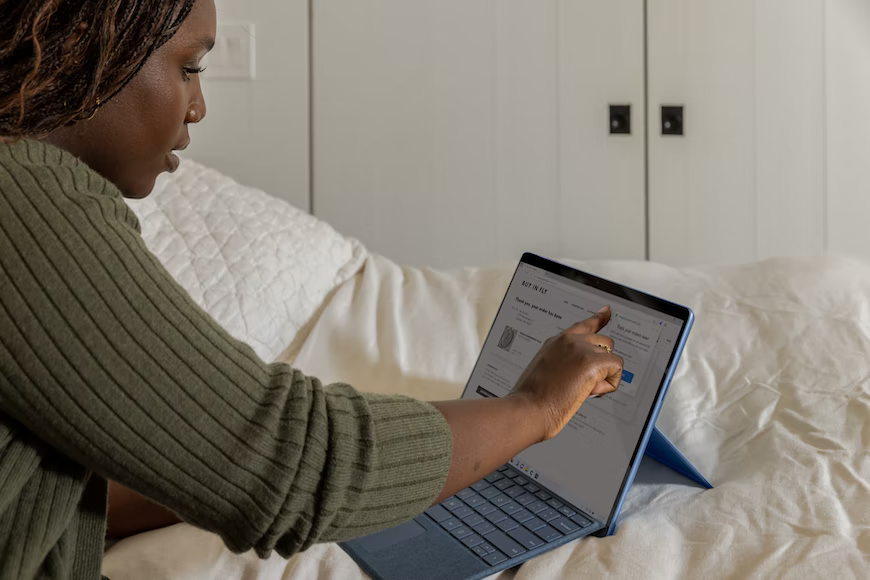Comments
- No comments found

Scrum is a project management framework, used mostly in software development; it is also used in research, sales, and marketing.
The term ‘sprint’ in the context of Scrum is a fixed period of time in which specific tasks, deliverables, or milestones have to be completed. A sprint retrospective, therefore, is a look back at a sprint’s performance, identifying what went right and what could have been improved.
To learn more about sprint retrospectives, keep reading. This post will tell you everything you need to know about organizing and effectively running them:

Before holding a sprint retrospective, it’s worth taking some time to think about ways of optimizing your team’s future performance. If you are just a team member and not a manager, understanding and offering retrospective ideas post Scrum sprint will make you a more valuable asset to your employers. To develop ideas, use an online guide and spend time conducting online research relative to your business’s industry or niche. Whether you are a team leader or member, creating ideas designed to optimize performance will help those you work alongside.
During sprint retrospectives, it’s important that employees feel comfortable sharing their opinions. In a lot of companies, staff does not feel confident enough to share their ideas; a culture of fear in your company will negatively impact retrospectives of any kind. Unless employees commit to retrospectives and share their honest opinions, no meaningful changes can be made. Most of the insight into how your sprints have gone will come from employees, which is why it’s necessary to cultivate a feeling of openness among employees. At work, openness begets satisfaction.
In addition to encouraging employees to share their opinions, it’s also important to encourage diverse ideas. Employees should feel comfortable sharing, even if their idea is unconventional or impractical. Encouraging these kinds of ideas among staff will boost their confidence and make them feel more important as individuals. When employees do make suggestions, however impractical, it’s essential that you commend them on their efforts. At the same time though, constructive criticism should be offered. Offering constructive criticism will help employees to improve and work on their ideas, making them more practical.
Groupwork of any kind can be stressful for introverts and individuals with anxiety. If you have a large team, some of them are bound to have these issues. Presenting when you have anxiety or are an introvert can be very difficult. If members of your team have these problems then it will be challenging for them to commit and truly express themselves. Icebreakers can be a good way of calming people down and getting them to feel more relaxed, which in turn, will improve their performance in retrospect. Fun icebreakers include word games, group activities, and introductions, i.e., staff members standing up and introducing themselves to everybody else.
During retrospectives, it is important to identify and set clear goals, i.e., what needs to be improved in future sprints. Not setting clear goals can be a detriment to future performance. Your employees or teammates should all pitch in and offer their own ideas on how sprints can be improved. When everybody has submitted their ideas, as a team you can begin working together to identify the best ones. With these ideas, you can then create goals. The goals you set should be realistic and easy to achieve. Do not set goals that are too challenging, especially if your team is new to sprints and sprint retrospectives.
During retrospectives, debates are always a good idea. Whenever you are doing anything as part of a team, there will be differing opinions. Nobody is going to be on board with every idea that’s submitted. Some people will have their own opinions or ideas that clash with other people’s. Encourage staff not to hide their opinions out of fear of judgment, and get them to be open and direct. However, you do need to ensure that debates are managed positively. In some companies, debates over small project ideas can turn into full-scale arguments. Arguments of any kind are not conducive to the success of sprint retrospectives.

Team morale is something that you should constantly be working on boosting. One way of doing this in retrospectives is to provide snacks, like pizza for example. Sprint retrospectives can sometimes take hours complete. Therefore, by offering employees snacks you will give them a reason to fully participate and look forward to future retrospectives. Before ordering food or buying snacks spend some time talking to employees and establishing what everybody wants. Find out whether there are any particular diets participating team members stick to, like halal or kosher diets for example.
If team members submit ideas that they think will work, do not hesitate to implement them. When incorporating other people’s ideas into your sprint strategies, give them recognition. Recognizing employees for their achievements and suggestions will positively contribute to team morale. When employees feel valued and like they are important, it is normal for them to work twice as hard. Consider introducing an employee of the month scheme if you really want morale boosted.
After retrospectives have taken place, speak to employees and figure out what they liked and what they didn’t. Getting feedback can help you to improve future retrospectives. Employees come and go, but as long as you stay in charge of your company and continue adhering to the Scrum framework, sprint retrospectives will be a fixture in your career. Becoming a pro at holding them will benefit future staff, company performance, and sprints.
Finally, make sure that you have fun. Sprint retrospectives can be tense because of all of the ideas going around in them, but they do not have to be as serious as many people make them out to be. Ultimately, sprint retrospectives are teambuilding and performance-enhancement activities, designed to boost team morale and develop effective sprint strategies. They do not have to be as serious as a board meeting; they can be fun.
The Scrum framework has achieved a lot of popularity in business circles. An important part of this framework is the sprint, an activity wherein employees try to achieve goals as quickly as possible. Following sprints are retrospective sessions, where employees look back on what worked and what didn’t. Use the tips from this post to manage retrospectives more effectively.
Leave your comments
Post comment as a guest